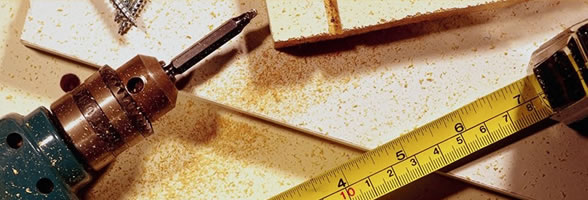
Photosynthesis
Photosynthesis is the process by which plants make food and oxygen using carbon dioxide from the atmosphere , water from the soil and energy from the sun. It is autotrophic nutrition.
- Balanced equation for photosynthesis: 6CO2 + 6H2O --> C6H12O6 + 6O2.
- Plants get water from the soil and carbon dioxide from the air, they use them to make glucose and oxygen.
- Some of the glucose made is used in respiration, some of it is stored as starch.
- Some of the oxygen made is used in respiration, some of it is released from the plant into the atmosphere.
- For photosynthesis to occur, light MUST be present.
- The pigment chlorophyll, found in chloroplasts, is essential for photosynthesis.
- The majority of chloroplasts are found in the plant leaves, mainly in the palisade layer.

Fig.1. Cross section of a leaf showing the palisade layer.
FIRST STAGE OF PHOTOSYNTHESIS: (The light/light-dependent stage).
- The first stage of photosynthesis is the light dependent stage or light stage. It happens in the grana of the chloroplast.
- During the light stage NADPH and ATP are made and water is split up, releasing oxygen gas.
- Chlorophyll is made up of a number of different pigments. These pigments are grouped together in a funnel-like structure. When light reaches the chloroplast, the pigment molecules at the top of the funnel receive energy and become excited.
- The light energy is then passed from molecule to molecule down through the funnel until it reaches a chlorophyll (a) molecule.
- The excited electron can then take two pathways:
- The electron leaves the chlorophyll (a) molecule, it passes through a carrier system before returning to the chlorophyll. While the electron is moving through the carrier system it gives energy for the formation of ATP from ADP + P.
- In the second possible pathway, the electron is passed to an acceptor molecule and onto NADP+. The electron that leaves the chlorophyll is not returned to the chlorophyll and so more electrons are obtained by the splitting of water. (H20 --> 2H+ + 2e- + 1/2O2). NADP+ receives two electrons to become NADP-. H+ ions from a proton pool in the chloroplast are attracted to the NADP- and so form NADPH. (NADP+ + 2e- + H+ --> NADPH). The proton pool does not run out of protons as it is constantly being replenished by the protons produced during the splitting of water.
Products of the Light Stage:
- ATP - Used in second stage of photosynthesis.
- Oxygen Gas - Used in respiration or diffuses out of the stomata into the atmosphere.
- NADPH - Used in second satge of photosynthesis.
SECOND STAGE OF PHOTOSYNTHESIS: (The light-independent/dark stage).
- This stage of photosynthesis can happen in the presence or absence of light.
- The ATP and NADPH made in the light stage are required here.
- Hydrogen is added to carbon dioxide ( i.e. the CO2 is reduced) by NADPH, using the energy from ATP.
- A carbohydrate of general formula Cx(H2O)y is formed, such a glucose (C6H12O6).
Products of the Dark Stage:
- Glucose - Used in respiration or stored as starch.
- NADP+ - Returned the the light stage to be used again.
- ADP + P - Returned to the light stage to be used again.
NOTE: The rate of the dark stage is controlled by enzymes and is affected by how fast the light stage produces its products and indirectly by the levels of light and carbon dioxide available.
